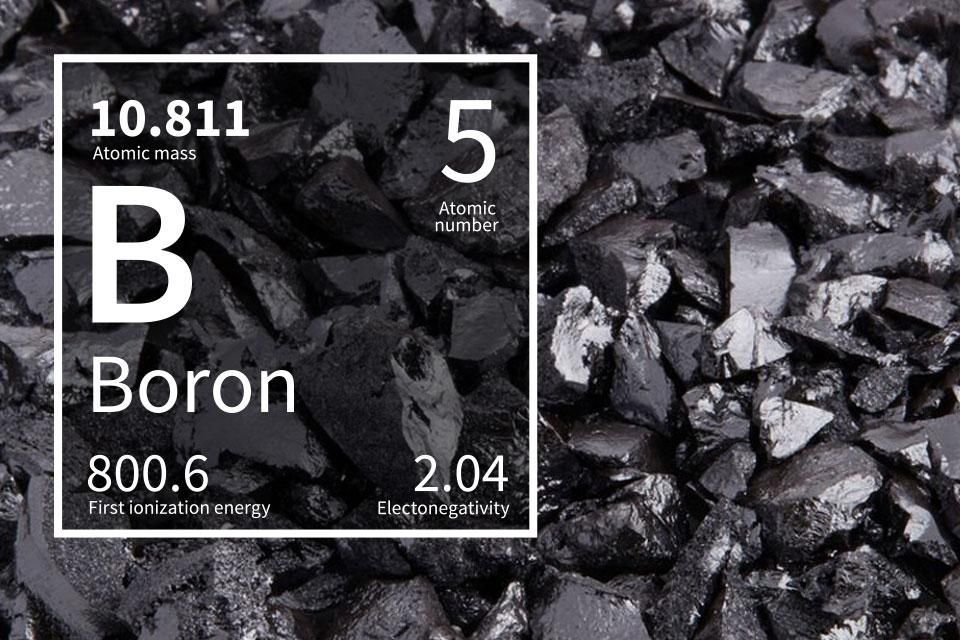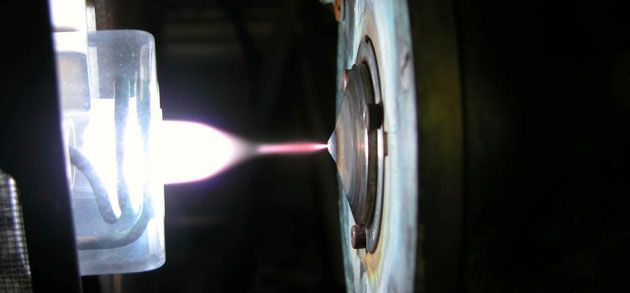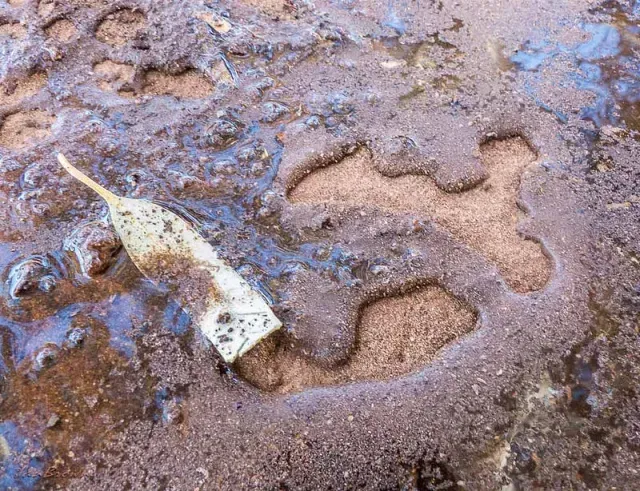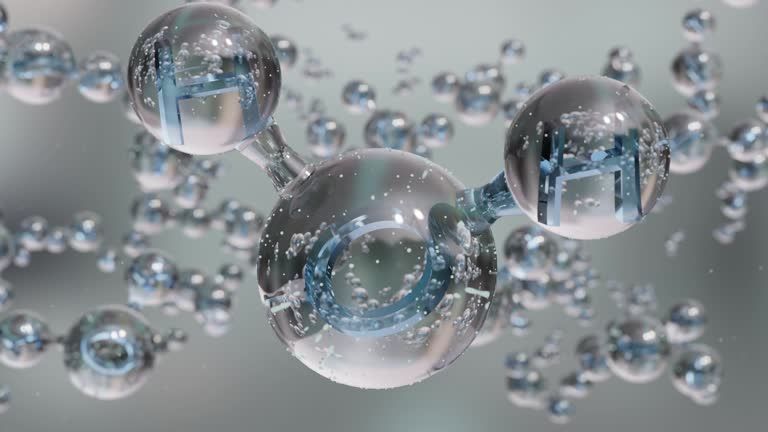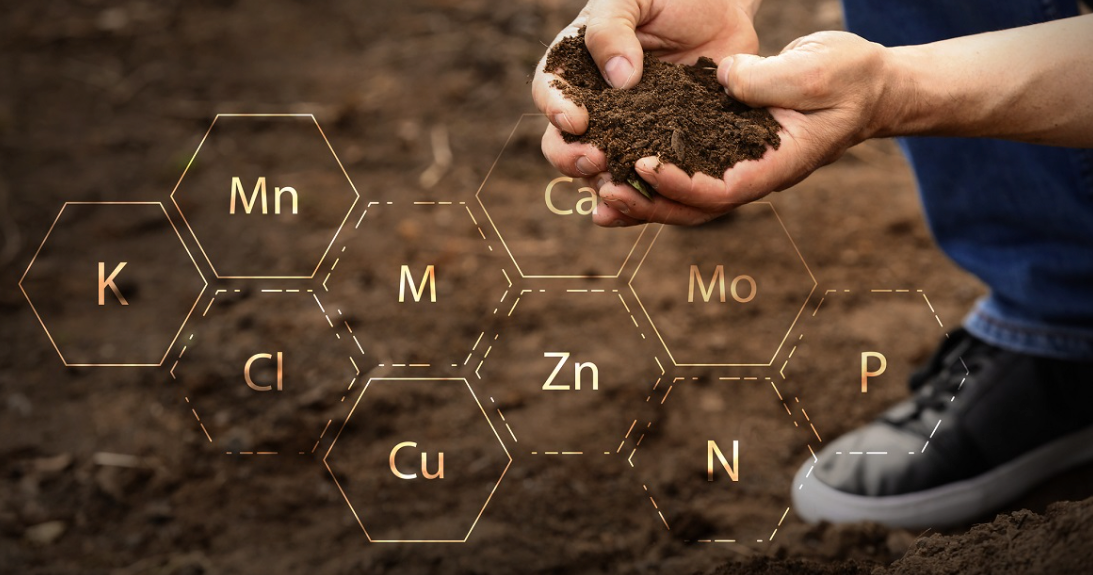Aqua Regia: The King of Acids in Trace Metal and Soil Analysis
In the world of analytical chemistry, few reagents command as much respect—and caution—as aqua regia. This powerful acid mixture has been dissolving the most stubborn materials for centuries, earning its place as an indispensable tool in modern trace metal analysis and soil chemistry. For laboratories conducting environmental, agricultural, and mining analyses, understanding aqua regia's properties and applications is crucial for accurate and reliable results.
What is Aqua Regia?
Aqua regia, literally meaning "royal water" in Latin, is a highly corrosive mixture of nitric acid (HNO₃) and hydrochloric acid (HCl), typically prepared in a 1:3 molar ratio. This seemingly simple combination creates a reagent far more powerful than either acid alone, capable of dissolving noble metals like gold and platinum—hence its regal name.
The chemistry behind aqua regia's extraordinary dissolving power lies in the synergistic interaction between its components. When mixed, nitric acid acts as a strong oxidizing agent, while hydrochloric acid provides chloride ions that form stable complexes with metal ions. This dual action breaks down even the most resistant metallic matrices, making it invaluable for analytical applications.
The Chemistry Behind the Power
The dissolution mechanism of aqua regia involves several key chemical processes:
Oxidation: Nitric acid oxidizes metals to higher oxidation states, breaking metallic bonds and initiating dissolution. The reaction produces nitric oxide (NO) and nitrogen dioxide (NO₂) as characteristic brown fumes.
Complexation: Hydrochloric acid supplies chloride ions that form stable chloro-complexes with metal ions. These complexes are highly soluble in aqueous solution, preventing precipitation and ensuring complete dissolution.
Nascent Chlorine Formation: The mixture generates nascent chlorine (Cl⁰), an extremely reactive species that can attack even noble metals. This nascent chlorine is responsible for aqua regia's ability to dissolve gold and platinum group metals.
The overall reaction can be represented as: HNO₃ + 3HCl → NOCl + 2H₂O + Cl₂
Applications in Trace Metal Analysis
Soil Analysis
In soil analysis, aqua regia digestion is widely used for determining pseudo-total metal concentrations. Unlike total digestion methods using hydrofluoric acid, aqua regia preferentially attacks the more mobile and potentially bioavailable metal fractions while leaving silicate minerals largely intact. This makes it particularly valuable for:
- Environmental monitoring: Assessing heavy metal contamination in agricultural soils
- Remediation studies: Evaluating the effectiveness of soil treatment technologies
- Regulatory compliance: Meeting requirements for contaminated land assessment
- Risk assessment: Determining potentially harmful metal concentrations
Mining and Geological Samples
The mining industry relies heavily on aqua regia digestion for:
- Ore grade determination: Extracting precious metals from complex sulfide matrices
- Exploration geochemistry: Analysing rock and sediment samples for mineral prospecting
- Process control: Monitoring metal recovery in extraction operations
- Tailings analysis: Assessing residual metal content in mining waste
Water Analysis
For water samples with high particulate content or those requiring preconcentration, aqua regia digestion enables:
- Sediment analysis: Determining metal content in suspended particles
- Bioavailability studies: Understanding metal speciation in aquatic environments
- Industrial effluent monitoring: Ensuring compliance with discharge standards
Why Aqua Regia is Essential for ICP-MS and ICP-OES
For laboratories utilising inductively coupled plasma mass spectrometry (ICP-MS) and optical emission spectrometry (ICP-OES), aqua regia offers several critical advantages:
Complete Matrix Dissolution: Ensures all target analytes are in solution, preventing matrix effects and spectral interferences that can compromise analytical accuracy.
Reproducible Results: The standardised digestion procedure provides consistent sample preparation, essential for quality control and method validation.
Multi-element Capability: A single aqua regia digest can be analysed for numerous elements simultaneously, maximising analytical efficiency.
Method Standardization: Many international standards (ISO, EPA, ASTM) specify aqua regia digestion procedures, ensuring comparability across laboratories.
Sample Preparation Considerations
Successful aqua regia digestion requires careful attention to several factors:
Sample-to-Acid Ratio: Typically 1:10 to 1:20 (w/v) depending on sample matrix and expected metal concentrations. Insufficient acid can lead to incomplete digestion.
Digestion Temperature: Usually 90-95°C for 2-3 hours, though microwave-assisted digestion can reduce time significantly while improving efficiency.
Organic Matter Content: High organic content may require pre-oxidation or extended digestion times to ensure complete breakdown.
Safety Protocols: Adequate ventilation, appropriate PPE, and emergency procedures are essential due to the toxic and corrosive nature of the reagents and reaction products.
Limitations and Considerations
While aqua regia is extremely versatile, it has important limitations:
Refractory Minerals: Silicate minerals, spinels, and some oxide phases remain largely unattacked, making it unsuitable for total elemental analysis.
Volatile Elements: Mercury, arsenic, and antimony can be lost during digestion, requiring modified procedures or alternative methods.
Matrix Effects: High salt content in the final solution can cause spectral interferences in ICP analysis, particularly for ICP-OES.
Stability: Aqua regia solutions are unstable and must be prepared fresh, as the reactive species decompose over time.
Best Practices for Analytical Laboratories
To maximize the effectiveness of aqua regia digestion:
- Quality Control: Include certified reference materials, blanks, and duplicates in every digestion batch
- Method Validation: Establish detection limits, precision, and accuracy for your specific sample types
- Standardization: Follow established protocols (e.g., EPA 3050B, ISO 11466) for regulatory compliance
- Documentation: Maintain detailed records of digestion conditions and any modifications to standard procedures
- Safety Training: Ensure all personnel are thoroughly trained in safe handling procedures
Future Perspectives
As analytical demands continue to evolve, aqua regia remains relevant while new applications emerge. Microwave-assisted digestion has improved efficiency and reproducibility, while closed-vessel systems have enhanced safety and reduced contamination risks. The integration of aqua regia digestion with advanced analytical techniques like HR-ICP-MS and LA-ICP-MS continues to push the boundaries of trace metal analysis.
For laboratories transitioning from research to commercial operations, aqua regia digestion provides a robust, standardised approach that meets both analytical requirements and regulatory standards. Its proven track record, combined with ongoing methodological improvements, ensures its continued importance in trace metal analysis for years to come.
Conclusion
Aqua regia stands as one of the most important sample preparation tools in analytical chemistry, particularly for trace metal analysis in soil, environmental, and mining applications. Its unique chemistry enables the dissolution of complex matrices that would otherwise resist attack, making it indispensable for ICP-MS and ICP-OES analysis. While it requires careful handling and has specific limitations, the benefits of aqua regia digestion—complete matrix dissolution, reproducible results, and regulatory acceptance—make it an essential technique for any analytical laboratory focused on trace metal analysis.
Understanding when and how to use aqua regia effectively is crucial for generating accurate, reliable analytical data that supports environmental monitoring, agricultural assessment, and mining operations. As analytical challenges become more complex, this centuries-old "royal water" continues to prove its worth in modern scientific applications.
